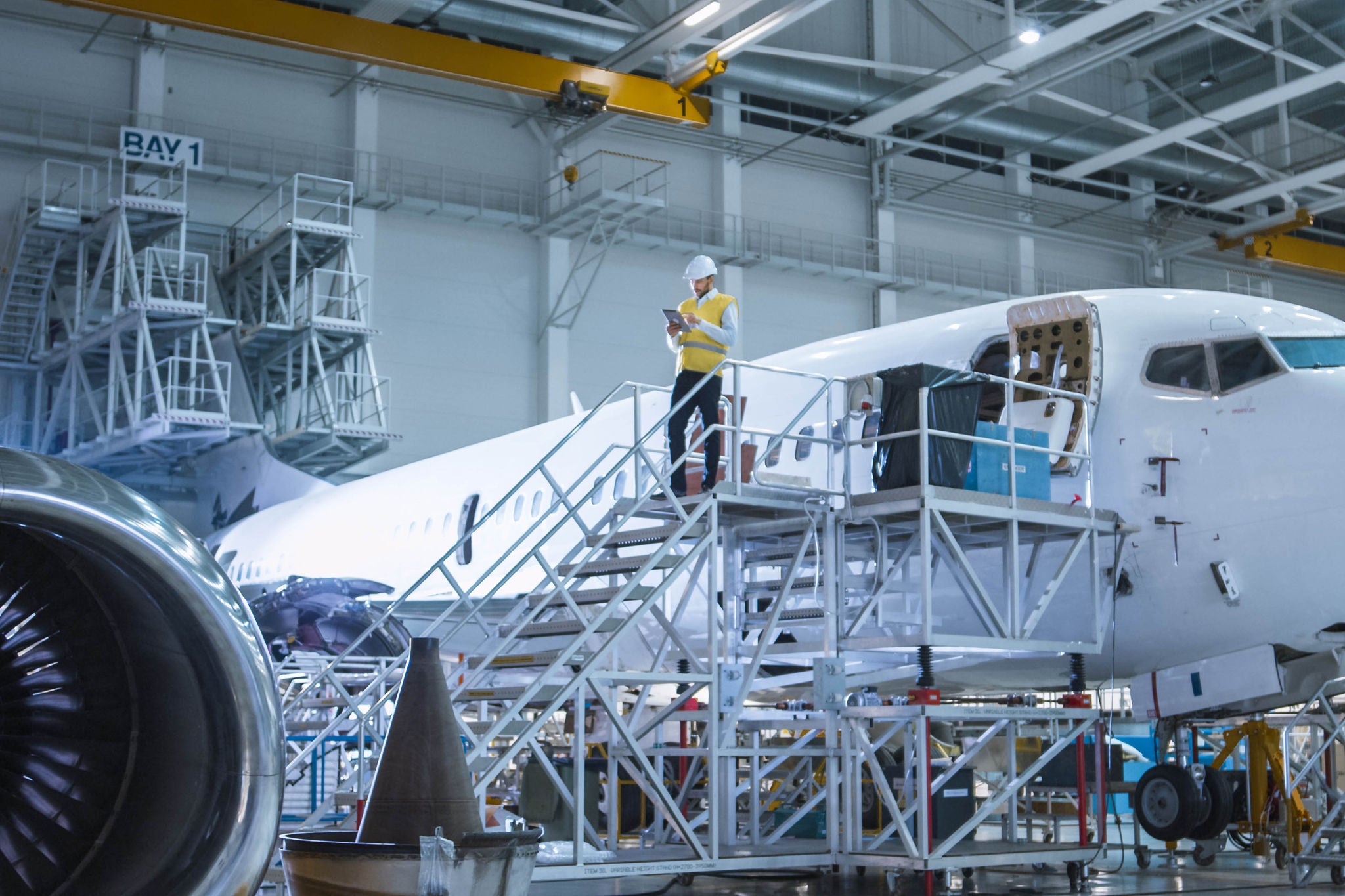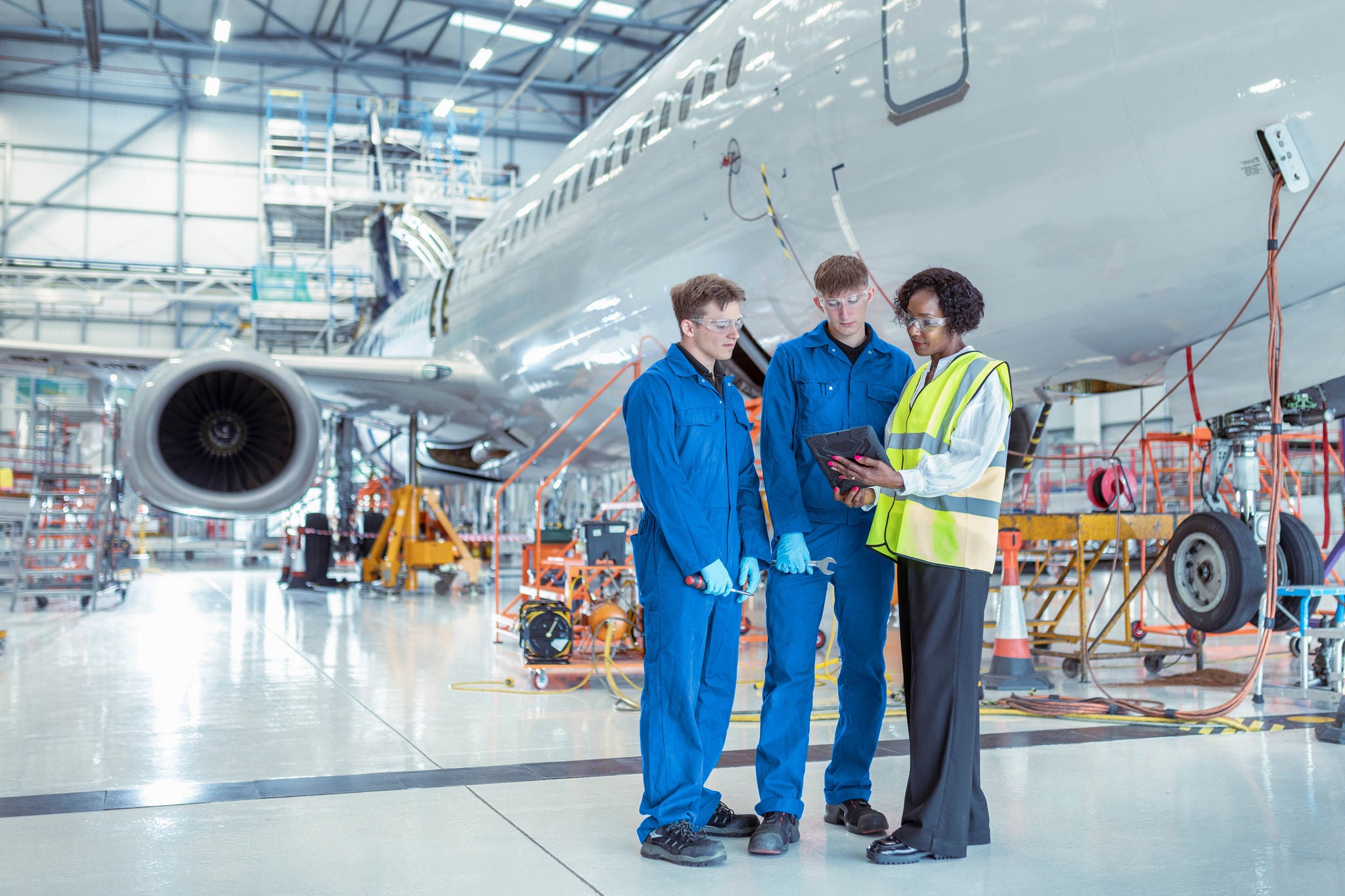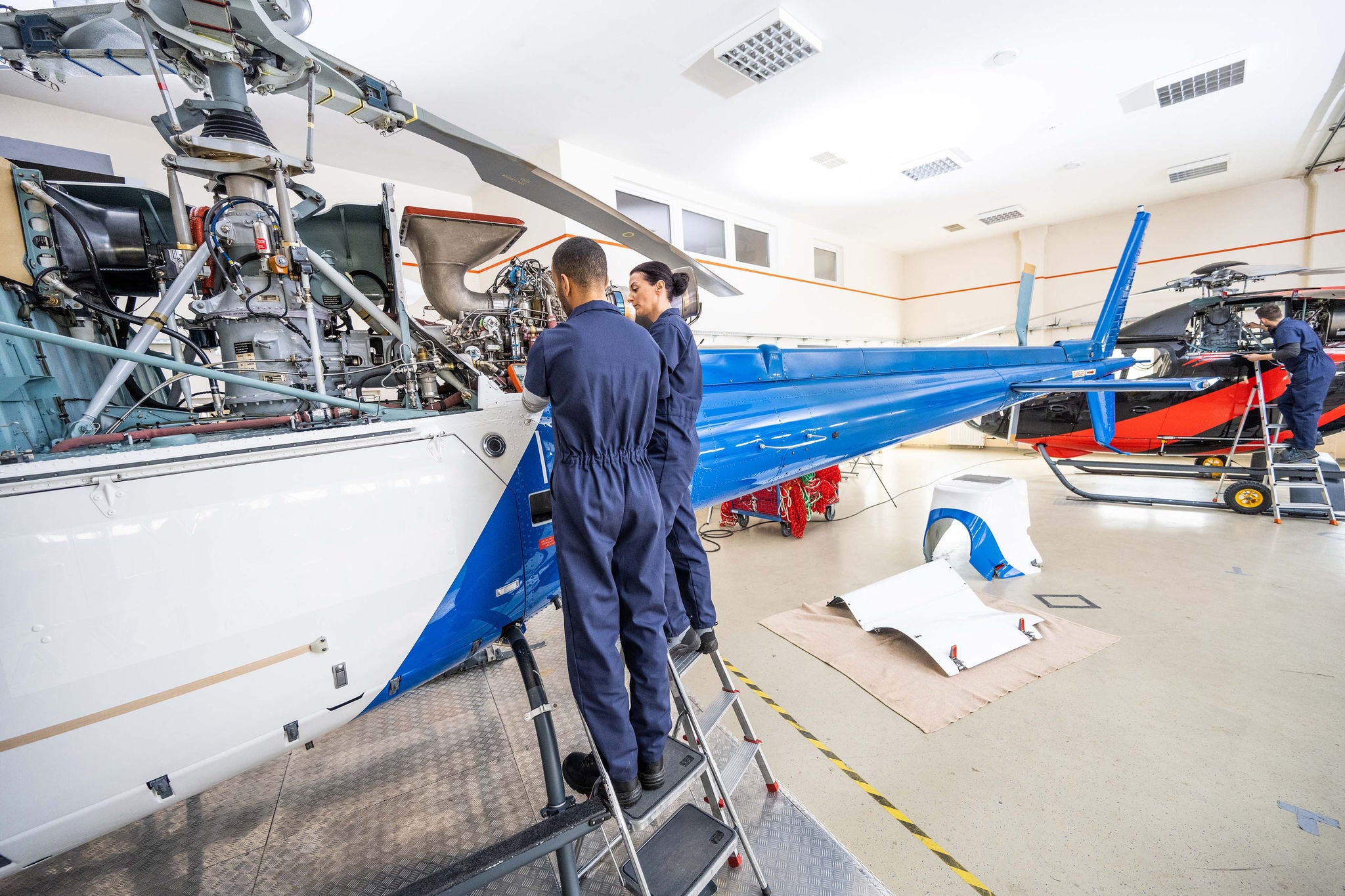EY refers to the global organization, and may refer to one or more, of the member firms of Ernst & Young Global Limited, each of which is a separate legal entity. Ernst & Young Global Limited, a UK company limited by guarantee, does not provide services to clients.
Related content
How supply chains benefit from using generative AI
Early use cases of generative AI in supply chains prove its worth in delivering cost savings and a simplified user experience. Read more.
In the A&D industry, supply chain risk management is crucial for mission success, yet it’s nearly impossible to have clear visibility from end to end, considering the thousands of suppliers per program and thousands or even millions of parts per aircraft. The risk of failure for any one of these parts or modules can be catastrophic. Concurrently, the economic health of suppliers can be as tenuous, susceptible to evolving macroeconomics, customer preferences, and fast-changing budgeting and procurement plans.
A&D companies rely on trusted processes and practices to track and monitor the supply base that are somewhat effective but are often not enough to avoid significant operational delays and disruptions, or even product failure. Such challenges include:
- Scarcity of raw materials. For example, titanium became acutely limited after the war in Ukraine, creating a cascading effect that impacted the availability of essential components like forgings and castings, further exacerbated by labor shortages. Software and hardware issues contributing to the delay of one prominent combat aircraft, compounded by legal disputes with key suppliers and labor challenges.
- Cash conversion cycles. The extension of payment terms, coupled with the unpredictability of material lead times and customer demand, has placed significant strain on the working capital of small and medium-size enterprises. Larger companies are often exerting undue pressure on their sub-tier suppliers. This financial strain is further compounded by contractual terms that fail to account for the current volatility of the supply chain, leading to unexpected cash flow disruptions.
- A labor market in flux. Companies are facing “brain drain” as skilled manufacturing labor becomes increasingly scarce. Training delays and high attrition rates further impede the ability of suppliers to ramp up production to meet demand. The consistency of original equipment manufacturer (OEM) production schedules makes companies hesitate before investing in capacity expansion, leading to a self-reinforcing cycle of supply chain fragility.
Some solutions are within aerospace leadership’s control — such as by improving wages and benefits to reduce attrition and offering better OEM payment terms and increased confidence in OEM production guidance to resolve working-capital deficits that torment sub-tier suppliers. But most importantly, leadership should admit that the traditional risk management practices rooted in legacy processes and reactive strategy — while providing a modicum of stability — often fall short.









